- Joined
- Jun 8, 2008
- Messages
- 54,213
"
The United States will surpass 1 million coronavirus deaths this week. On average, each of those deaths affected nine close relatives, not including close friends, neighbors or extended family members, leaving more than 9 million Americans mourning the loss of a loved one during the pandemic.
The Biden administration on Friday warned that a fall surge could infect up to 100 million people, my colleagues Yasmeen Abutaleb and Joel Achenbach reported. New omicron subvariants that appear to be very good at evading immunity could drive a sharp increase in cases in coming months. And a possible summer surge in the South could use up the nation’s supply of antivirals and tests just before the fall arrives.
Millions of people retired early during the pandemic, but they are returning to the workforce in droves now that many offices have reopened and restrictions have been lifted. An estimated 1.5 million retirees reentered the labor market in the past year, according to the Labor Department.
"
The United States will surpass 1 million coronavirus deaths this week. On average, each of those deaths affected nine close relatives, not including close friends, neighbors or extended family members, leaving more than 9 million Americans mourning the loss of a loved one during the pandemic.
The Biden administration on Friday warned that a fall surge could infect up to 100 million people, my colleagues Yasmeen Abutaleb and Joel Achenbach reported. New omicron subvariants that appear to be very good at evading immunity could drive a sharp increase in cases in coming months. And a possible summer surge in the South could use up the nation’s supply of antivirals and tests just before the fall arrives.
Millions of people retired early during the pandemic, but they are returning to the workforce in droves now that many offices have reopened and restrictions have been lifted. An estimated 1.5 million retirees reentered the labor market in the past year, according to the Labor Department.
"







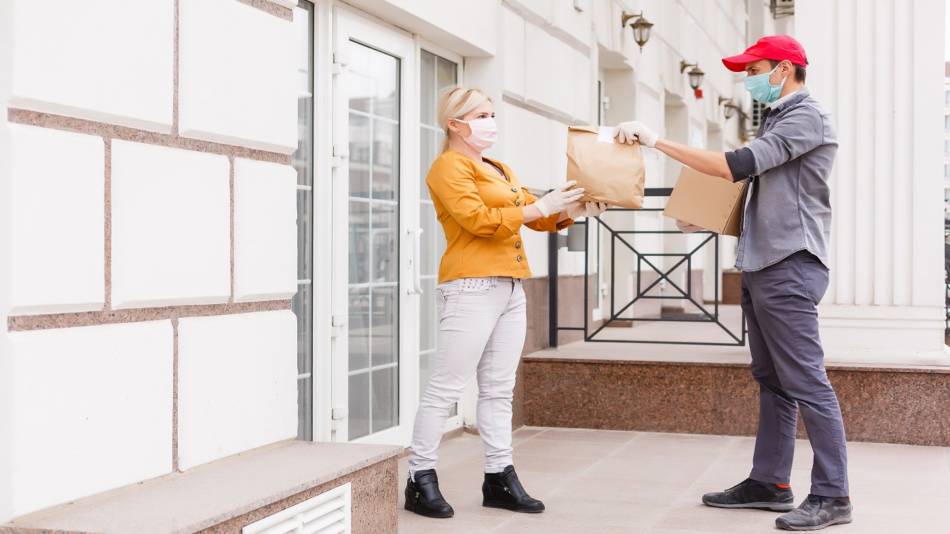
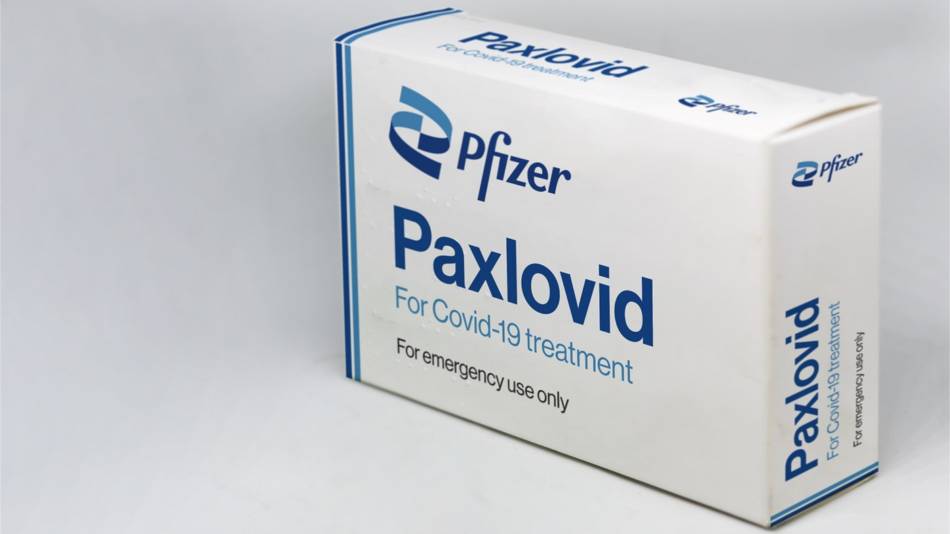

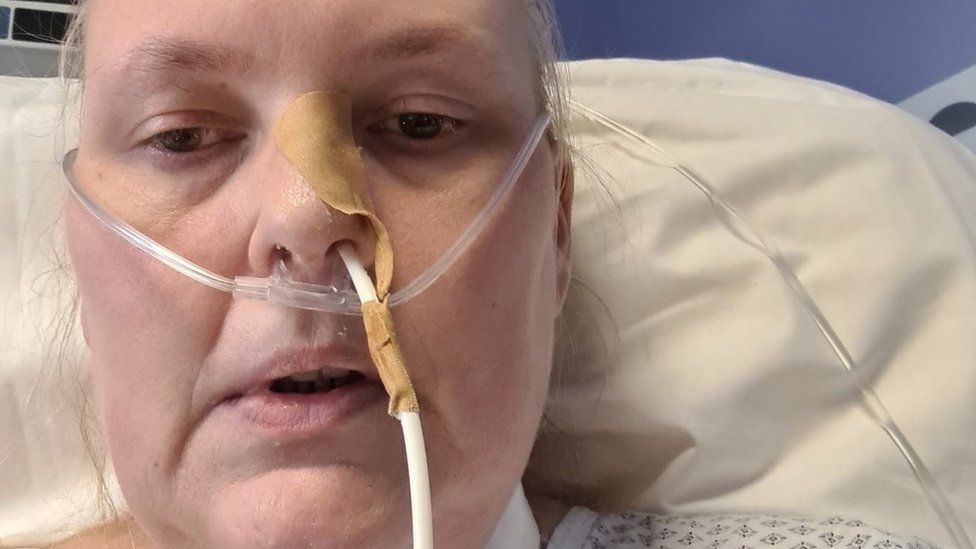

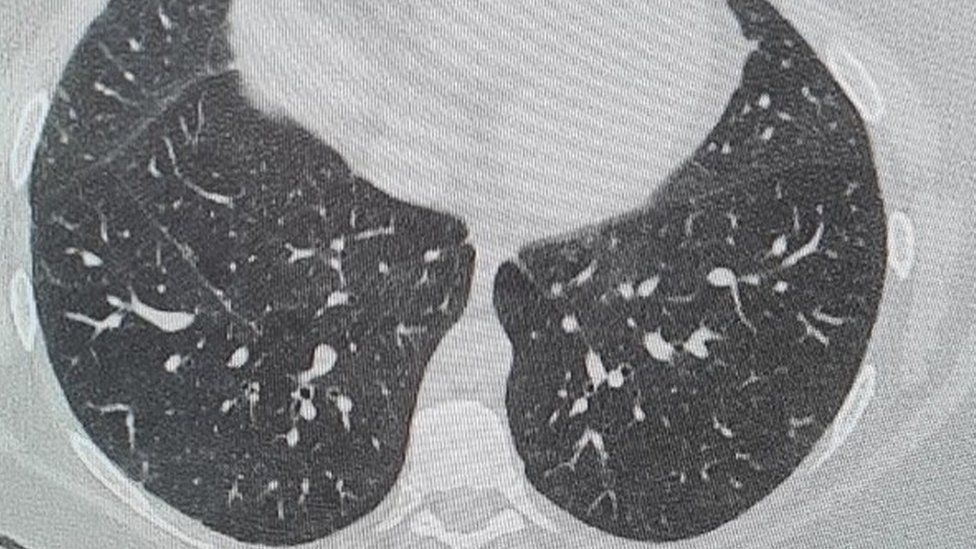
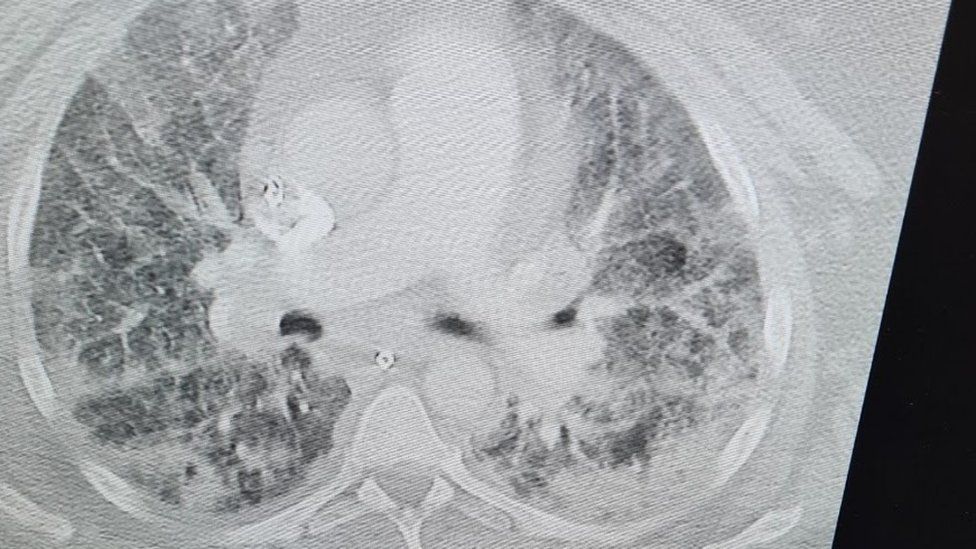
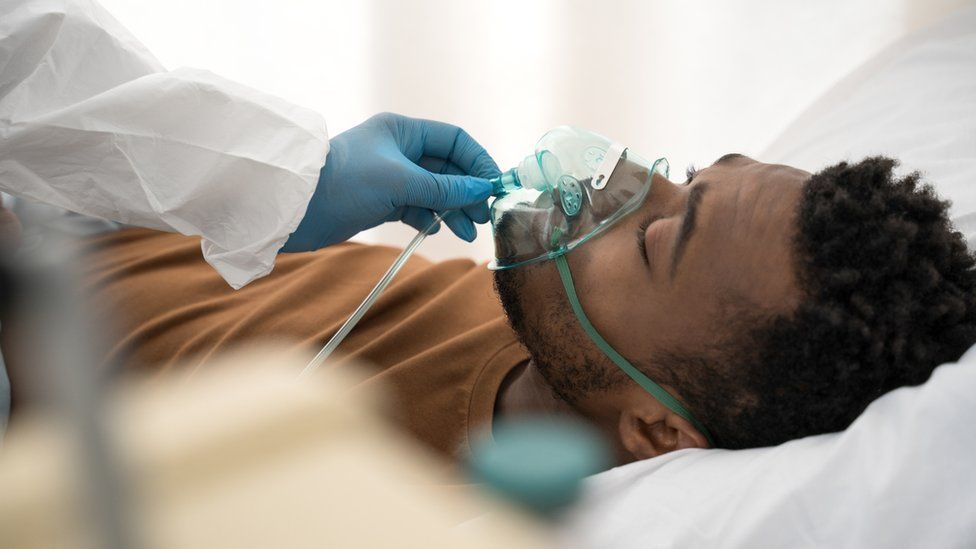



300x240.png)